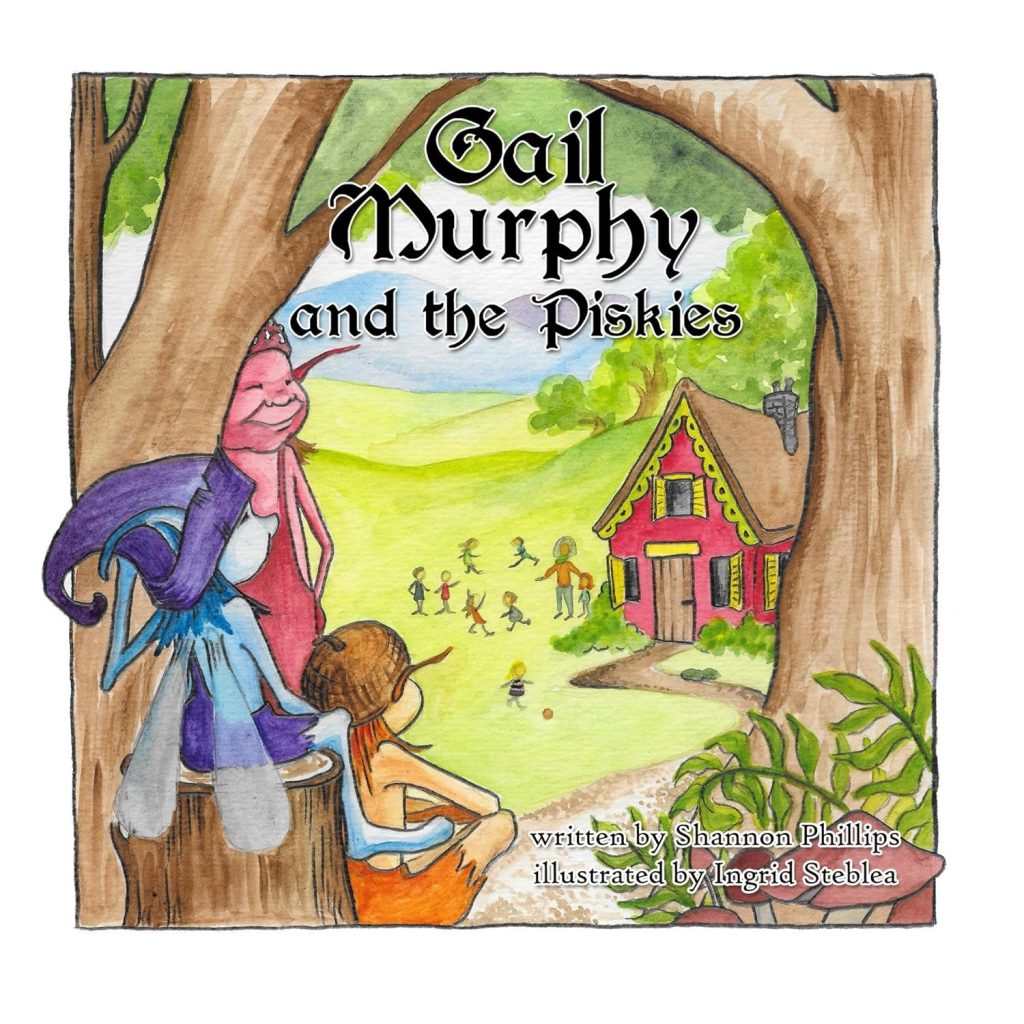The Birth Story
This post is for my mom friends, who are naturally the people most likely to be interested in the grisly details of childbirth. Men, the infirm, and those of delicate sensibility might want to stop reading now. Just as a cautionary example, this post includes a discussion of meconium—that’s when the baby poops inside your uterus. If this little bit of vocabulary disgusts you, then you probably shouldn’t read any farther.
So, I woke up at 5:45 the morning of July 6th, feeling contractions that were sharper and more painful than the false labor I’d been having for the past several days. I tried not to get too excited, but an hour later I could already tell that the contractions were getting stronger and closer together, and I was pretty thrilled.
By about 7:30 the contractions were about as strong as they were when I headed to the hospital with Robin—but that time I’d gone in too soon. Because we were delivering at UCSF, however, I was worried about the trip across the bridge during morning commute traffic, so I called my doula to get her advice. She was pretty unimpressed with the contractions I described (and even said “I’m not convinced you’re really in labor,” which made me want to punch her in the face). So she convinced me to stay home for another couple of hours, which I know now was the right call.
By 9:30, I was having contractions two and a half minutes apart, and the pain, though still manageable, had really ramped up. A few months ago I bought the Hypnobabies package and I’d been pretty good about listening to the scripts and practicing the techniques throughout my last trimester: well, let me tell you, when faced with actual pain, those self-hypnosis scripts did nothing for me, zippo, bumpkiss. In fact I found the recorded lady prattling on about nonsense to be unbearably irritating and I couldn’t stand to listen to her for more than about thirty seconds. So, that was a hundred and fifty bucks that I consider to be completely wasted. (Nina, let me know if you want me to send you the package: I did find the recordings put me straight to sleep when I listened to them before bed.)
What I ended up doing instead was playing Paul Simon and kind of bouncing through the contractions—Robin came into the bedroom and jumped alongside me, which was really cute. Then I got a couple of OKAY, WHOA contractions, at which point I insisted that we get in the car and head for the hospital. I called my doula on the way, and she said she’d meet us there.
The contractions continued to progress really quickly on the drive to the hospital. By the time we got out they felt nearly continuous, and I was not managing the pain well. I guess I was in fact doing some form of self-hypnosis (although not one that resembled anything out of the Hypnobabies program) because during the peak of the strongest contractions I was actually having out-of-body experiences: behind my closed eyelids everything went bright, and I went to a place my pain-addled brain named The White Beyond the Stars. Those were the good contractions. I tried to get to the The White Beyond the Stars by chanting to myself, as I felt each contraction coming on, it’s not me, I’m not here, it’s not me, I’m not here, but it didn’t always work, and then I was stuck being all-too-aware of my body and my surroundings as the pain took over.
Once out of the car all we had to do was walk down a hallway, go up an elevator, and walk down another hallway, but it seemed really hard because I kept having to stop for contractions. When we got to the labor & delivery section the nurses took one look at me and shepherded me into the triage room for immediate examination. I was 5 centimeters dilated and 90 percent effaced, which earned me prompt admittal, and I immediately asked about pain relief options. The nurse mentioned fentanyl and nitrous: I was about to ask for the nitrous (on the theory it might help me get to The White Beyond the Stars) when I was seized by the worst contraction yet, pain so bad that I came out of it swearing like a sailor: I think my exact words were “Fuck this shit, fuck this shit, I want an epidural.”
“Are you sure?” asked Sam weakly, remembering everything I’d said during my pregnancy about the cascade of interventions and how I wanted to try avoiding another c-section by remaining mobile and active during Davy’s birth. I confirmed my desire for the epidural rather emphatically, and we were ushered into the labor and delivery room forthwith.
The epidural was ordered right away, but it takes a while to set up, and by the time the Angel of Anesthesia arrived the contractions had me shaking, moaning, and drenched in sweat. The Angel of Anesthesia goes by the name of Dr. Laura Lang, but it should be obvious to even the casual observer that she is actually a celestial being attempting to pass as human for reasons that are probably known only to God. Every pore of her radiates kindness, mercy, and compassion, or at least this is how I remember it.
I had the shittiest epidural when Robin was born. Nobody believes me when I tell them this—not my doula, not my midwife, not even, I think, the Angel of Anesthesia—but I had two witnesses in the room with me and they remember, as I do, that I was given an epidural with no local beforehand. It felt exactly like a knife sliding into my spine and I screamed in agony as it was being placed. It was by far the worst pain I experienced during Robin’s birth, and the fact that I was willing to face that again should say a lot about the level of contractions I was enduring.
But the Angel’s ministrations were completely different. She put local anesthesia in four or five different spots before she placed the epidural, and everything she did was almost completely painless. The contractions immediately became manageable, and soon almost negligible, although I could always still tell when they were happening. Moreover, I never lost control over my lower body: I could move my legs, and even got up on my knees at one point. It was a true-life miracle, and I decided on the instant that epidurals, and not the Internet, are the truly defining technology of our modern age.
My doula, Emily Ross, arrived just as the Angel finished her mission of mercy. I actually apologized to her for getting the epidural—it wasn’t in the birth plan, and I felt ashamed that I hadn’t been able to manage the contractions better—but Emily was totally supportive and assured me that she’d seen plenty of cases in which the epidural was the best way to achieve a VBAC. At that point the attending nurse added that she’d witnessed a successful VBAC just the day before, and the epidural had really helped that birth progress. “We’re big fans of epidurals around here,” another nurse chimed in. So from the first a very friendly and supportive atmosphere was established in the labor room.
Emily doesn’t show up much more in the story, so I guess I should note that while she seemed super knowledgeable and certainly made herself pleasant to have around, she really didn’t have much to do, simply because the UCSF staff was so great. If I had it to do over again I wouldn’t spend the money on a doula, but that’s not meant as a slight against Emily or her skills, which I believe are considerable—she was herself a midwife for years, and is also certified as a lactation consultant and massage therapist. She was definitely helpful in advising me about when (not) to go to the hospital, and she kept up a good energy throughout the labor process—sometimes explaining things to me at tense moments when the medical staff were conferring among themselves—but for the most part, she just didn’t have a lot to do.
The UCSF staff were fantastic. I was attended, as I had hoped, by a midwife, who showed up early in the process and stayed for pretty much the whole thing. This is in contrast to the experience with my doctor at CPMC, who showed up for the last fifteen minutes in the labor & delivery room, before whisking me off for a c-section. The attending nurse also stayed for the whole delivery, and there were a lot of other medical staff around too who came in and out and became familiar faces.
Although I did have an epidural, the staff seemed to have as much interest as I did in avoiding the cascade-of-interventions scenario. At CPMC the attitude was very much “now that we’ve got the epidural in you, we’re definitely going to start you on Pitocin, and hey, we might as well rupture your membranes while we’re at it.” At UCSF, none of these interventions were even proposed. My labor continued to progress really quickly: I was at ten centimeters about half an hour after the epidural had taken effect, at which point the midwife guided me to push out the bag of waters. It was really a unique sensation to feel that bulge out and then gush open, and kind of a rush—I’d actually made measurable progress under my own power! I had proof that pushing worked!
Unfortunately the rush was short-lived, because the bag of waters was full of meconium. (I figure this was a side effect of Davy being a bit late.) Of course it’s bad to see meconium in the amniotic fluid because it can mean the baby has been stressed in utero, and it can also cause nasty infections if the baby manages to breathe it into his lungs. So nobody was happy to see that.
I kept pushing, and the midwife said Davy’s head was at +1 station—+2 when I pushed. (This on the scale that goes to +3, at which point the baby would be actually crowning.) Unfortunately, the fetal heart monitor began picking up decelerations as I pushed. I began to get a sinking feeling of déjà vu as I was directed to turn first to one side, then the other, in an effort to get Davy’s heart rate to stabilize: this is exactly what happened during Robin’s delivery, and it’s the reason I ended up with a c-section.
This time around, though, instead of calling it a day and sending me off for a section, they decided to give me a drug (terbutaline) that would slow down the contractions and give Davy a chance to recover from the stress. So, the midwife and most of the other medical staff left the room, and I was instructed to chill out for a couple hours. I managed to sleep for a bit, and then I entertained Emily and the attending nurse with a rendition of my pregnancy rap. This was such a big hit that for the rest of the day, whenever another medical attendant entered the room, they made me repeat the performance! Sam seemed pretty embarrassed for me, but at some point during the whole experience I had moved beyond shame. It was probably during one of the moments when everyone in the room was staring intently into my vagina.
After a couple of hours the terbutaline wore off, and it was time to push again. The decels came back. Really, comparing Robin’s birth with Davy’s, I don’t know why in two cases of fetal heart decelerations one ended in c-section and one didn’t. Maybe Robin’s decels were worse. Maybe it was because the epidural I had at CPMC left me largely unable to move, and I had to be turned over by the medical staff, whereas at UCSF I could turn back and forth on my own power and they were therefore more willing to keep trying different positions until one worked. Maybe it was just a difference in culture at the two hospitals: at UCSF everyone was really rooting for me to have that VBAC. The midwife called a doctor in for a consult, and she said that if the decels got to a certain point, I might need a forceps delivery. Meanwhile, it was decided that I should push only on every other contraction, to give Davy a chance to rest between.
So that’s what happened. I pushed, sometimes flat on my back and sometimes side-lying. At one point I got up on my knees and tried to push from that position, but then the decels got really bad so we abandoned that. I pushed as hard as I possibly could and after only about half an hour I could feel his head pushing out between my legs. They told me to stop pushing (I was so energized by the feeling of progress that I didn’t want to!) in order to give my perineum a chance to stretch: and then in one final big effort I pushed him out!
It was fantastic and I couldn’t believe it and I just wanted to see my baby, but because of the meconium the pediatricians needed to whisk him off for suction and examination. They were nice enough to do that in the same room so that I could watch them work: I kept getting glimpses of his little feet, and hearing his little kitten cries. While I was distracted by this I think the midwife made her only mistake. She knew about the velamentous insertion of the placenta, but I think she tried some cord traction anyway, because she abruptly said “Oh God,” which snapped my attention back to what was happening between my legs. It turned out that the cord had broken off, and she had to reach up into my uterus and scoop out the placenta in her fist. So that was gross. She also commented as she did it: “You really did have a great epidural, or you wouldn’t be able to stand this.”
There was, for a little bit, some concern about how much I was bleeding. I did have a perineal tear as well, though they assure me that it’s small. The doctor came back and had her own go at digging around in my uterus, and came up with another scrap of membrane. They brought in an ultrasound machine to make sure that no more bits of placental membrane had been left in my uterus, during which time the bleeding apparently tapered off, and then they stitched me up.
The pediatricians were finished with Davy before the doctors were finished with me, so they gave him to Sam to hold while I was getting my stitches. At one point Emily and I tried to put him to my breast while I was still lying flat on my back, and Davy was game for it, but we couldn’t get a latch. As soon as I was able to sit up, though, I put him in a better position and he latched right on. He just really seemed to know his job.
And then it was over; the medical staff (of which there were, like, twenty in the room at this point) congratulated us, received our thanks in return, and filed out. Even the Angel of Anesthesia made another appearance, and seemed deeply embarrassed as I heaped praise upon her. I got to cuddle and nurse Davy for a bit, and then we were moved over to one of the long-term stay rooms for the rest of the night. I’m still in the room as I’m typing this, but they’re processing the discharge paperwork right now, and we’ll all be going home soon. Hooray!












July 7th, 2010 at 6:35 pm
Wow! You are awesome.
July 8th, 2010 at 9:29 am
It was a trip!
July 7th, 2010 at 11:34 pm
Congratulations! I’m impressed you managed to avoid the C-section there.
It never ceases to amaze me how humankind has survived through tens of thousands of years of history given how insanely dangerous births seem to be.
July 8th, 2010 at 9:30 am
I know, right? And even just thinking of so many women enduring that level of pain over and over — it’s kind of mindblowing. Epidurals are AMAZING.
July 8th, 2010 at 4:46 am
Thanks for sharing this! I am so happy for you. What a difference between your first experience and this! And it makes the first weeks of parenting an infant so much easier when you’re not recovering from a cesarean (and a traumatic experience, to boot).
Welcome to the world, Davy!
July 8th, 2010 at 9:32 am
I know, it’s really amazing how much the difference in medical culture between two hospitals can make. I hope in this age of women sharing information electronically, it will be easier for moms to make informed decisions about where to deliver based on these kinds of stories.
July 8th, 2010 at 10:24 am
Thank you SO much for posting your birth story! It’s actually a lot like the birth of my own first baby so it gave me a bit of nostalgia (OMG I’m still laughing at the point at which you lost all sense of embarrassment – I know exactly what you mean!!!) Unfortunately I never wrote my whole first birth story down, but hey, now I have yours instead. Congrats to you and to Davy!
July 11th, 2010 at 5:24 pm
Thank you so much!
July 8th, 2010 at 1:07 pm
meconium—that’s when the baby poops inside your uterus
I’ve been there and didn’t know that could happen.
I enjoyed reading that and I’m glad you didn’t end up C-sectioned after all the worries.
July 11th, 2010 at 5:23 pm
Thank you!
July 11th, 2010 at 1:21 pm
That is so fucking impressive. Wow. You are a mighty warrior!
July 11th, 2010 at 5:24 pm
Aw, thanks!